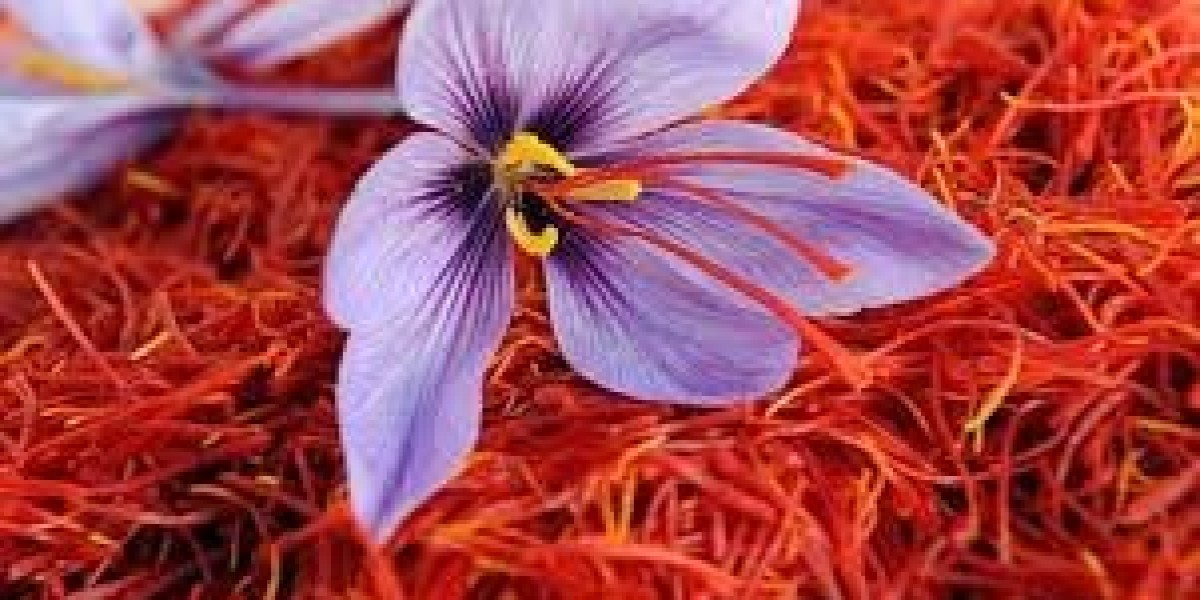In the world of spices, few can match the allure, history, and prestige of saffron. Known for its golden color, intoxicating aroma, and distinct flavor, saffron is often called the “king of spices.” But among the different types of saffron cultivated globally, Mongra Saffron, sourced from the Kashmir valley in India, stands out as one of the rarest and most premium varieties. Highly prized for its intense color, rich aroma, and medicinal properties, Mongra Saffron represents the finest of what saffron can offer.
In this article, we’ll explore the origin, unique characteristics, health benefits, uses, and economic significance of Mongra Saffron, along with tips on how to identify the authentic product.
What is Mongra Saffron?
Mongra Saffron refers to a specific grade of saffron produced mainly in the Kashmir region of India, particularly around the Pampore area in Jammu & Kashmir. It is derived from the stigma (the red filament) of the Crocus sativus flower, which blooms only once a year during the autumn season.
The term "Mongra" is used in India to denote the highest quality saffron, characterized by:
Deep red color
High crocin content (responsible for color)
Strong aroma due to safranal
Bitter yet aromatic taste from picrocrocin
What makes Mongra different from other saffron grades like Lacha or Zarda is that it consists solely of the stigmas, with no style or yellow parts. This makes it purer, more potent, and thus more expensive.
The Cultivation of Mongra Saffron
Growing Mongra Saffron is a labor of love. The process is meticulous, time-sensitive, and entirely manual.
1. Climate and Geography
The unique climate, soil composition, and altitude of Kashmir’s Pampore region create the perfect environment for saffron cultivation. Cool nights, dry weather during flowering, and well-drained loamy soil are essential for producing high-quality Mongra Saffron.
2. Harvesting Season
The saffron flower blooms in October and November, for a very short window—often just 2 to 3 weeks. Farmers harvest the flowers before sunrise to avoid moisture damage.
3. Manual Processing
Each saffron flower has only three red stigmas, which are delicately hand-plucked and then sun-dried to preserve their potency. It takes around 150,000 flowers to make just one kilogram of dried Mongra Saffron.
This incredibly high labor-to-yield ratio explains why saffron, especially Mongra, is considered one of the most expensive spices in the world.
Grading and Quality Standards
In India, saffron is graded mainly into Mongra, Lacha, and Zarda:
Mongra: Pure red stigmas only, highest quality and price.
Lacha: Red stigmas with a bit of yellow style.
Zarda: Entire saffron flower, including styles and petals; lowest grade.
The Government of India has given Kashmiri Saffron a GI (Geographical Indication) tag, ensuring its authenticity and origin. Within Kashmiri saffron, Mongra is the most potent and valuable.
Health Benefits of Mongra Saffron
Used for centuries in Ayurvedic, Unani, and traditional Persian medicine, Mongra Saffron is more than just a culinary delight. Its powerful chemical composition gives it a range of health benefits:
1. Antioxidant Properties
Mongra Saffron is rich in crocin, safranal, and picrocrocin, which are potent antioxidants. These compounds fight oxidative stress and inflammation, protecting cells from damage.
2. Mood and Mental Health
Clinical studies suggest saffron may help alleviate symptoms of mild to moderate depression and anxiety. Safranal helps elevate mood by increasing serotonin levels in the brain.
3. Enhances Cognitive Function
Research shows that saffron may protect the brain from neurodegenerative diseases like Alzheimer’s and Parkinson’s. Its antioxidant properties improve memory and learning capacity.
4. Heart Health
The active components in saffron help reduce cholesterol, blood pressure, and arterial plaque buildup, promoting cardiovascular health.
5. Women’s Health
Saffron is often used to ease PMS symptoms, menstrual irregularities, and mood swings in women. It also helps in improving fertility by balancing hormones.
6. Anti-Cancer Potential
Some studies indicate that the crocin in saffron can inhibit the growth of certain cancer cells. While more research is needed, the results are promising.
Culinary Uses of Mongra Saffron
Mongra Saffron’s vivid color, deep aroma, and flavor make it a luxurious addition to many dishes. A small pinch goes a long way, and it's used in both savory and sweet recipes across different cuisines.
Popular Dishes Using Mongra Saffron
Biryani & Pulao: Infuses the rice with rich aroma and golden color.
Kesar Milk (Saffron Milk): A traditional Indian drink known for its calming and health-boosting properties.
Sweets and Desserts: Used in sweets like kesar peda, rasmalai, halwa, and kulfi.
Tea and Herbal Infusions: Saffron tea aids digestion, improves mood, and relieves stress.
Tip: Always soak saffron in warm milk or water for 10–15 minutes before adding it to a dish. This enhances its flavor and ensures even distribution.
Cosmetic and Skincare Uses
In ancient Ayurveda, Mongra Saffron was considered a beauty elixir. Even today, it remains a popular ingredient in natural skincare.
Benefits for Skin:
Brightens complexion
Reduces pigmentation and dark spots
Improves skin texture
Fights acne and inflammation
Anti-aging properties due to antioxidants
Common Uses:
Mixed with honey or sandalwood as a face pack
Added to rose water as a toner
Infused in oils or creams for radiant skin
How to Identify Genuine Mongra Saffron
Because of its high value, saffron is often adulterated. Here are a few simple tests to check the authenticity of Mongra Saffron:
Color: Genuine Mongra is deep red, with no yellow or white parts.
Smell: A strong, earthy aroma—slightly sweet, not pungent.
Soaking Test: Real saffron releases golden-yellow color slowly (not instantly) when soaked in water or milk.
Taste: Slightly bitter, never sweet.
Burn Test: Pure saffron will not burn quickly; it chars slowly and emits a pleasant smell.
Always buy from trusted sources or certified suppliers, preferably those offering lab-tested or GI-tagged saffron.
Economic and Cultural Importance
Mongra Saffron plays a vital role in Kashmir’s economy, providing income for thousands of small farmers. Its production is deeply embedded in the region's culture, tradition, and identity.
However, the industry faces challenges such as:
Climate change and erratic rainfall
Lack of modern infrastructure
Competition from lower-priced Iranian saffron
Adulteration and supply chain issues
To address these problems, the Indian government launched the National Saffron Mission, aiming to boost saffron production through irrigation, technology, and market support.
Conclusion
Mongra Saffron is more than a spice—it’s a symbol of luxury, wellness, culture, and craftsmanship. From the serene saffron fields of Kashmir to gourmet kitchens and traditional medicine cabinets around the world, Mongra continues to enchant with its beauty, aroma, and powerful health benefits.










